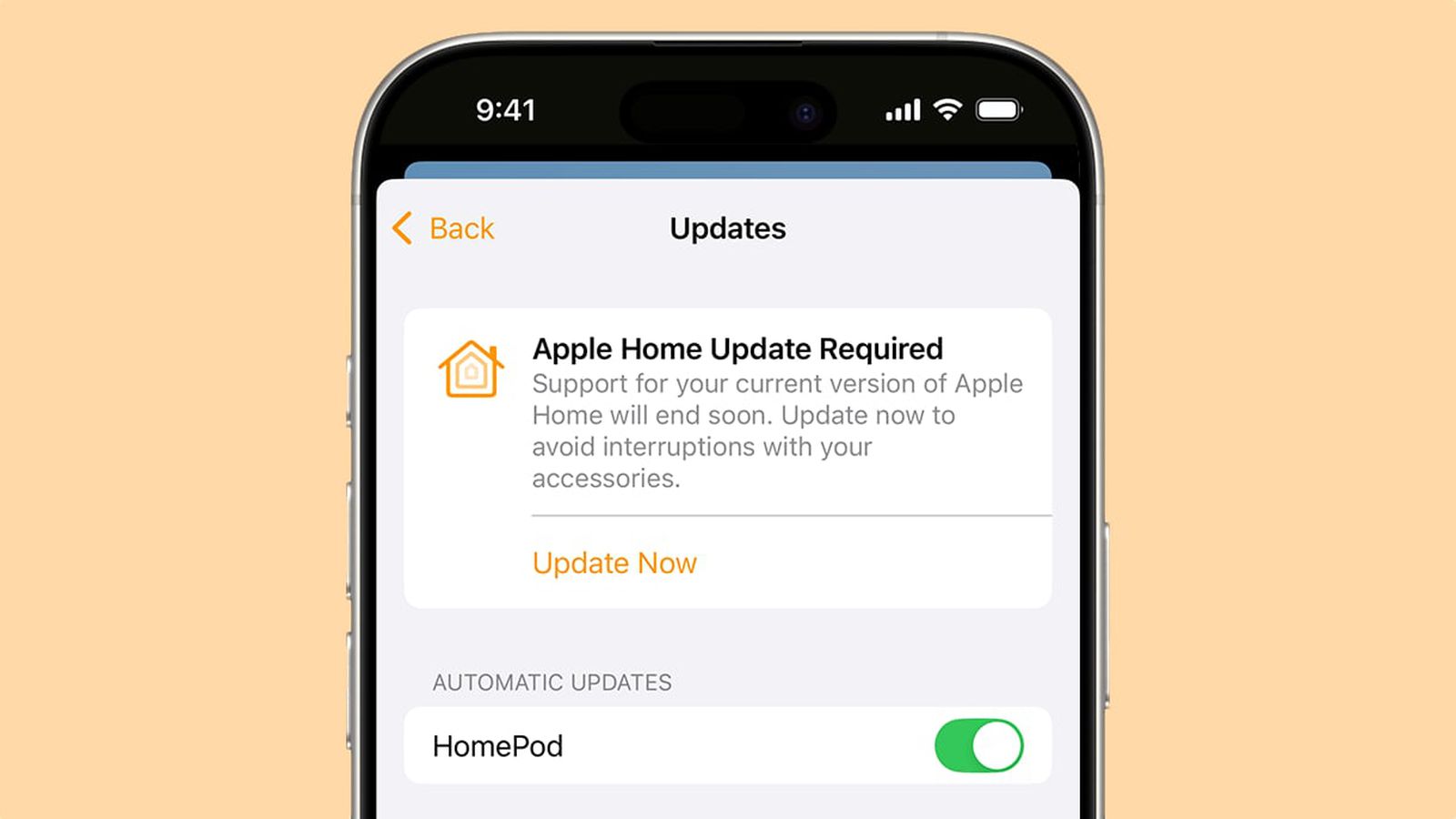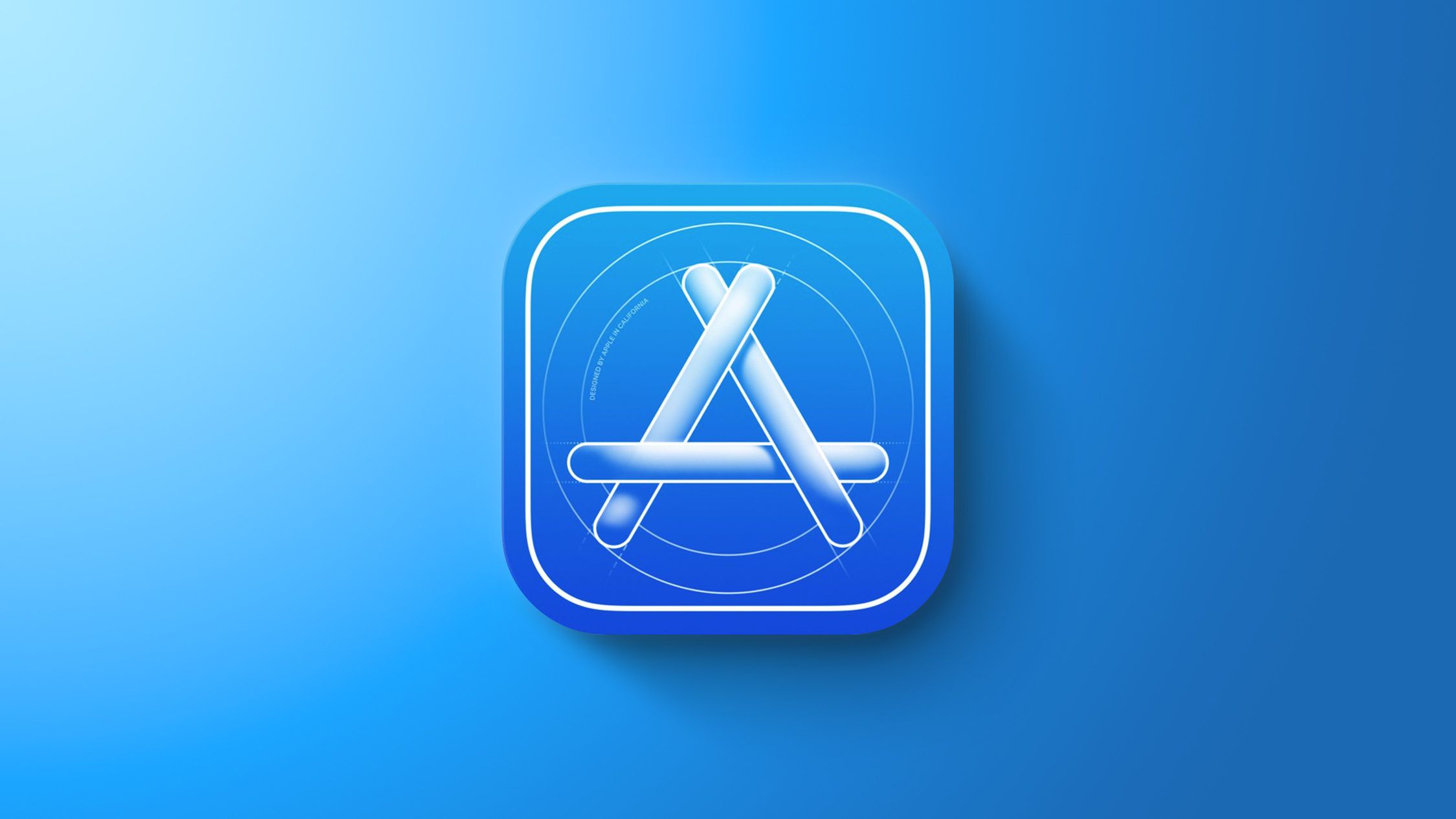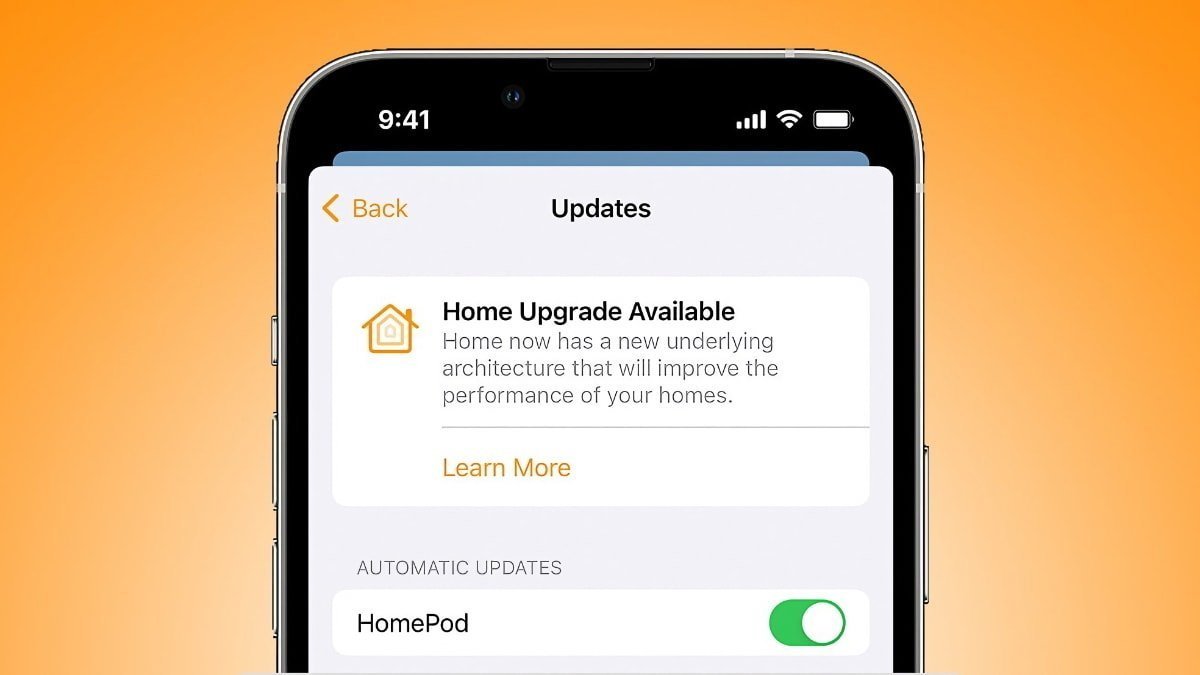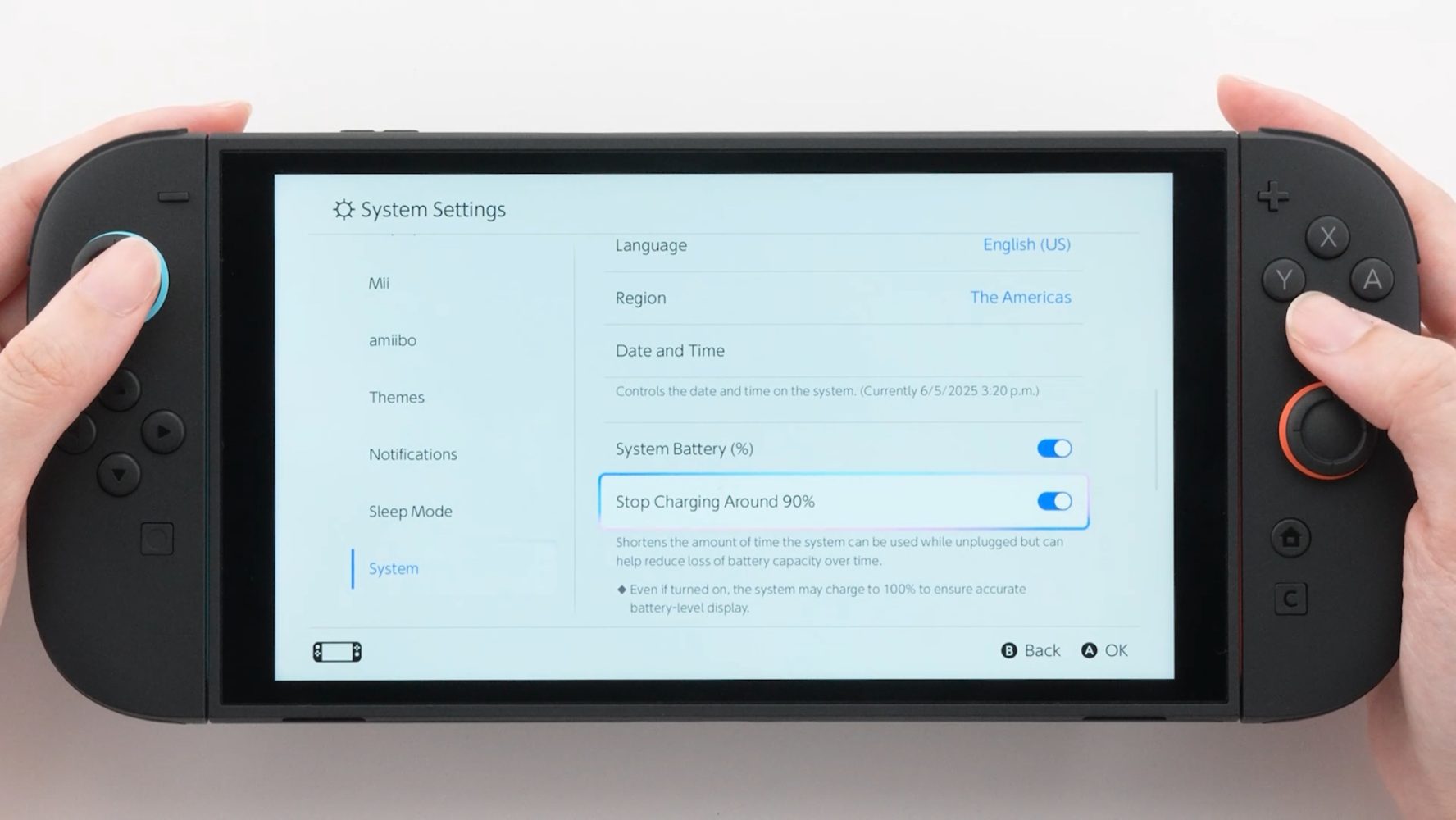Testing in Go (testing package)
Testing in Go: A Deep Dive into the testing Package Introduction: Go's built-in testing package provides a simple yet powerful framework for writing unit tests. It emphasizes readability and encourages a test-driven development (TDD) approach. This article explores its key features, advantages, and disadvantages. Prerequisites: To use the testing package, you need a Go installation (go1.18 or higher is recommended) and a basic understanding of Go's syntax. Tests are typically placed in files named *_test.go alongside the code they test. Features: The testing package offers several crucial features: Test functions: Tests are defined using functions named Test*, where * is the test name. These functions take a single *testing.T argument. Assertions: The t.Error, t.Errorf, t.Fail, t.FailNow, and t.Log functions allow you to report test failures and log messages. Subtests: Using t.Run, you can organize tests into subtests, improving readability and reporting. Benchmarking: The testing package supports benchmarking with Benchmark* functions, allowing you to measure the performance of your code. Example: package mymath func Add(x, y int) int { return x + y } // mymath_test.go package mymath import "testing" func TestAdd(t *testing.T) { got := Add(2, 3) want := 5 if got != want { t.Errorf("Add(2, 3) = %d; want %d", got, want) } } Advantages: Simplicity and ease of use. Seamless integration with the Go toolchain (go test). Built-in support for benchmarking. Strong community support and extensive documentation. Disadvantages: Relatively basic compared to more feature-rich testing frameworks in other languages. Limited mocking capabilities (often requiring third-party libraries). Conclusion: Go's testing package is a fundamental tool for writing robust and reliable code. While it lacks some advanced features found in other frameworks, its simplicity, speed, and tight integration with the Go ecosystem make it highly effective for most projects. For more complex testing needs, third-party packages can supplement its functionality.

Testing in Go: A Deep Dive into the testing Package
Introduction:
Go's built-in testing package provides a simple yet powerful framework for writing unit tests. It emphasizes readability and encourages a test-driven development (TDD) approach. This article explores its key features, advantages, and disadvantages.
Prerequisites:
To use the testing package, you need a Go installation (go1.18 or higher is recommended) and a basic understanding of Go's syntax. Tests are typically placed in files named *_test.go alongside the code they test.
Features:
The testing package offers several crucial features:
Test functions: Tests are defined using functions named
Test*, where*is the test name. These functions take a single*testing.Targument.Assertions: The
t.Error,t.Errorf,t.Fail,t.FailNow, andt.Logfunctions allow you to report test failures and log messages.Subtests: Using
t.Run, you can organize tests into subtests, improving readability and reporting.Benchmarking: The
testingpackage supports benchmarking withBenchmark*functions, allowing you to measure the performance of your code.
Example:
package mymath
func Add(x, y int) int {
return x + y
}
// mymath_test.go
package mymath
import "testing"
func TestAdd(t *testing.T) {
got := Add(2, 3)
want := 5
if got != want {
t.Errorf("Add(2, 3) = %d; want %d", got, want)
}
}
Advantages:
- Simplicity and ease of use.
- Seamless integration with the Go toolchain (
go test). - Built-in support for benchmarking.
- Strong community support and extensive documentation.
Disadvantages:
- Relatively basic compared to more feature-rich testing frameworks in other languages.
- Limited mocking capabilities (often requiring third-party libraries).
Conclusion:
Go's testing package is a fundamental tool for writing robust and reliable code. While it lacks some advanced features found in other frameworks, its simplicity, speed, and tight integration with the Go ecosystem make it highly effective for most projects. For more complex testing needs, third-party packages can supplement its functionality.










































































![Samsung's New Galaxy S25 Edge Takes Aim at 'iPhone 17 Air' [Video]](https://www.iclarified.com/images/news/97276/97276/97276-640.jpg)
![Apple to Launch AI-Powered Battery Saver Mode in iOS 19 [Report]](https://www.iclarified.com/images/news/97309/97309/97309-640.jpg)
![Apple Officially Releases macOS Sequoia 15.5 [Download]](https://www.iclarified.com/images/news/97308/97308/97308-640.jpg)
















![Walmart’s $30 Google TV streamer is now in stores and it supports USB-C hubs [Video]](https://i0.wp.com/9to5google.com/wp-content/uploads/sites/4/2025/05/onn-4k-plus-store-reddit.jpg?resize=1200%2C628&quality=82&strip=all&ssl=1)































































































_Piotr_Adamowicz_Alamy.jpg?width=1280&auto=webp&quality=80&disable=upscale#)




















































































































































































































































































![Ditching a Microsoft Job to Enter Startup Purgatory with Lonewolf Engineer Sam Crombie [Podcast #171]](https://cdn.hashnode.com/res/hashnode/image/upload/v1746753508177/0cd57f66-fdb0-4972-b285-1443a7db39fc.png?#)


























-Fallout-Season-2-Teaser-00-00-36.png?width=1920&height=1920&fit=bounds&quality=70&format=jpg&auto=webp#)




































































